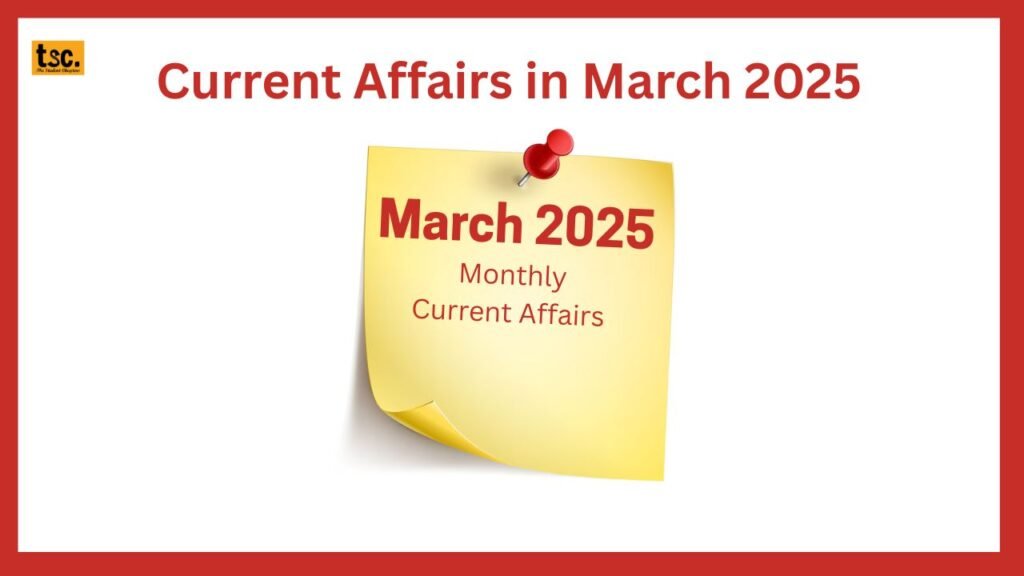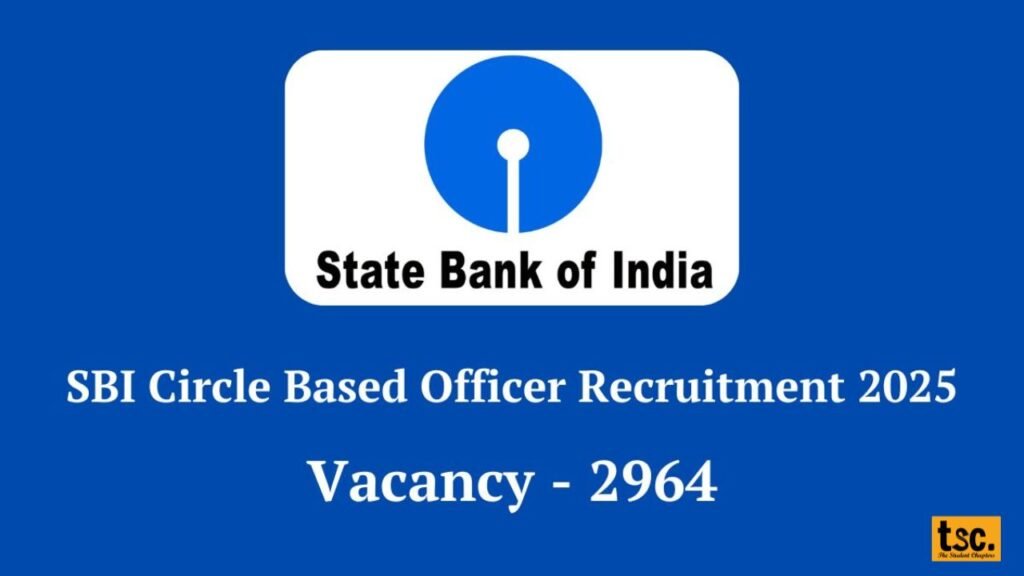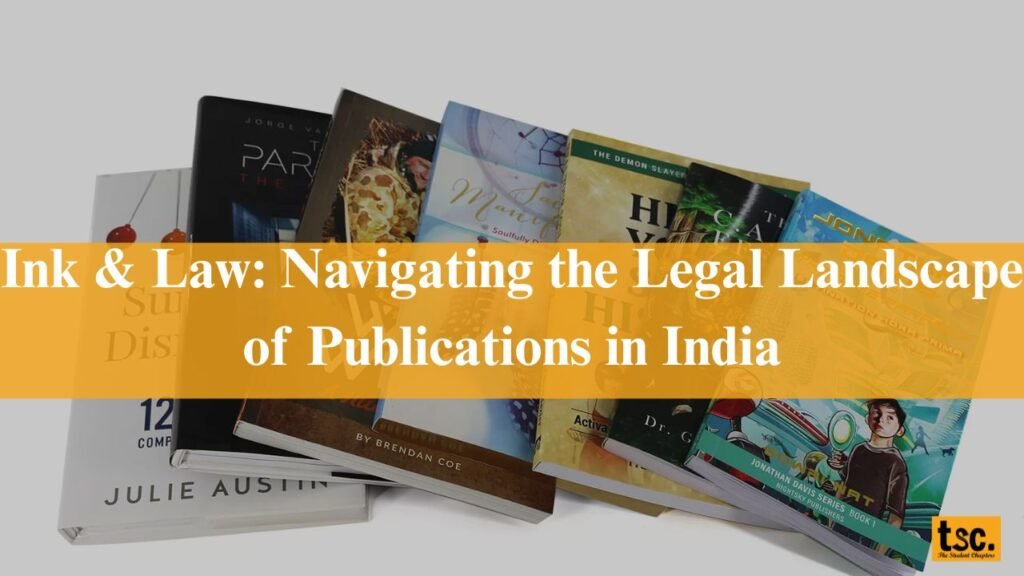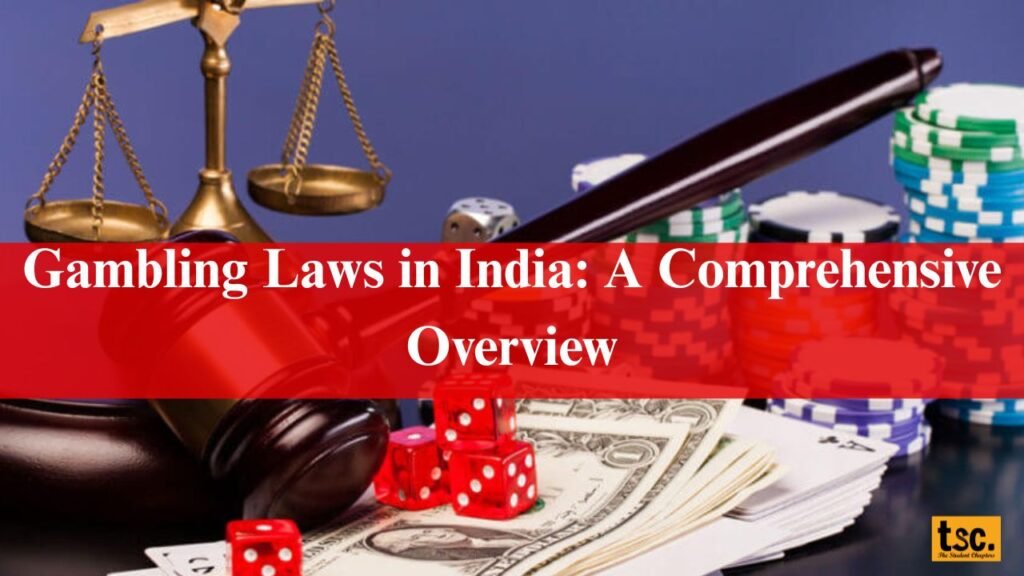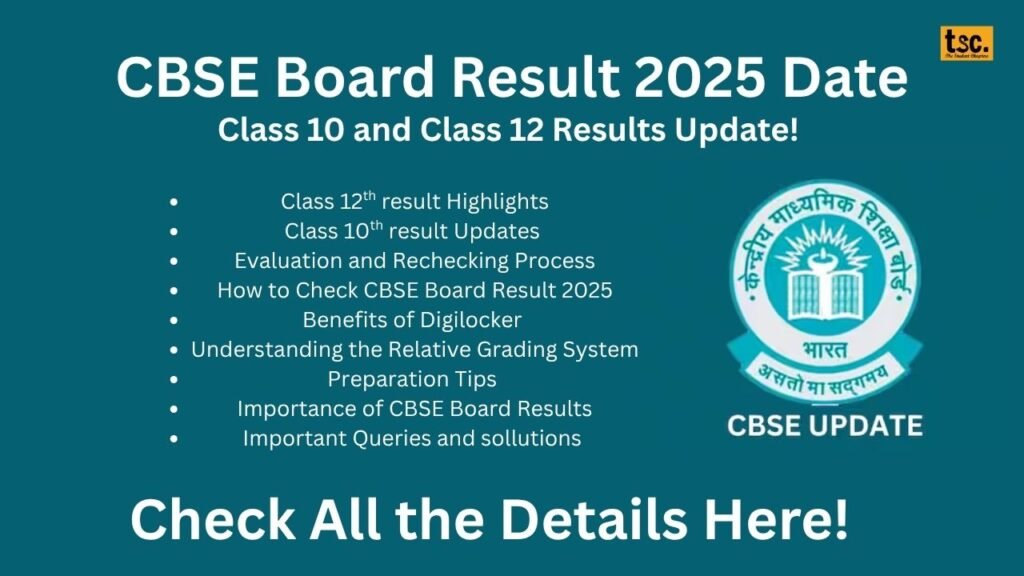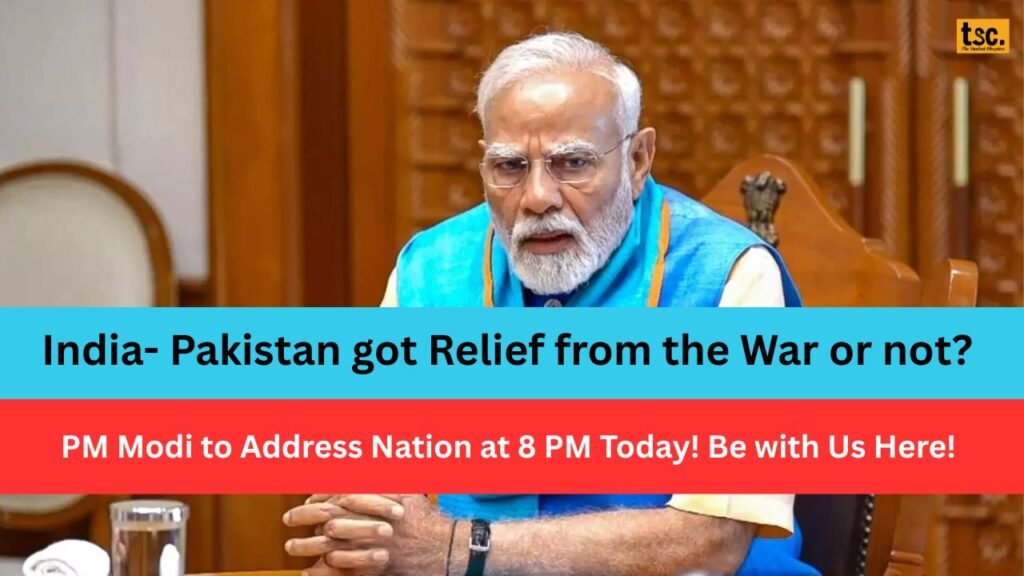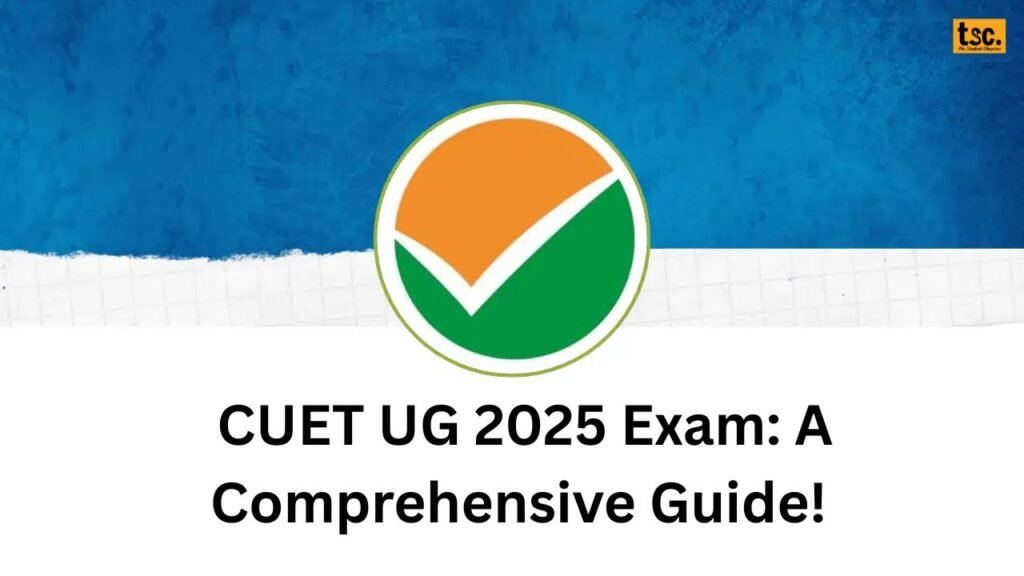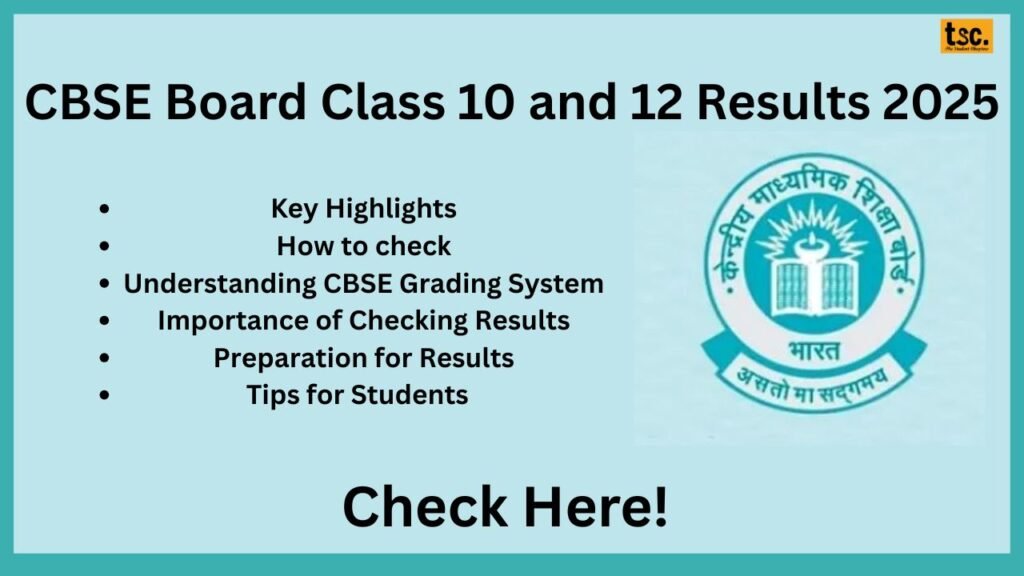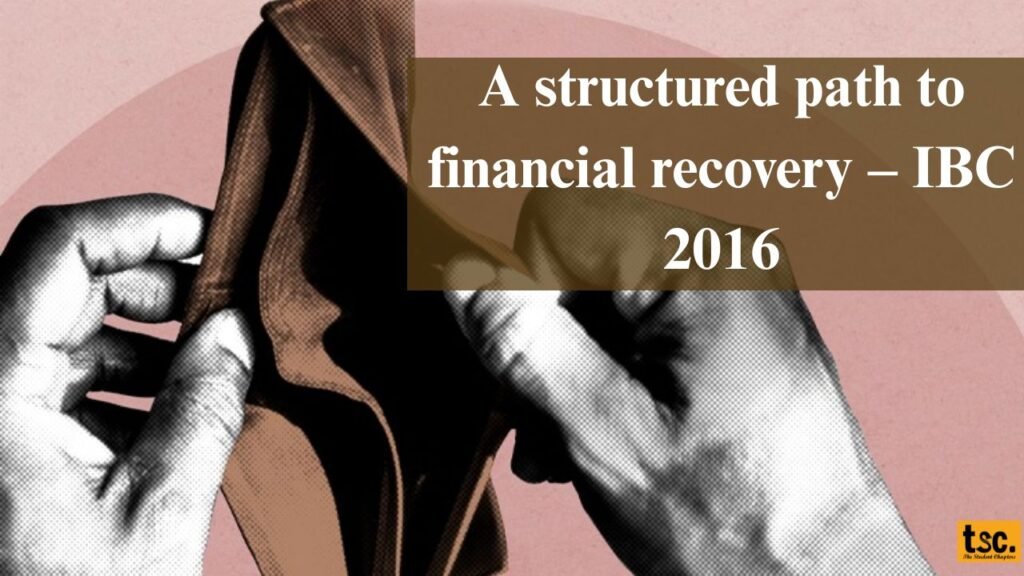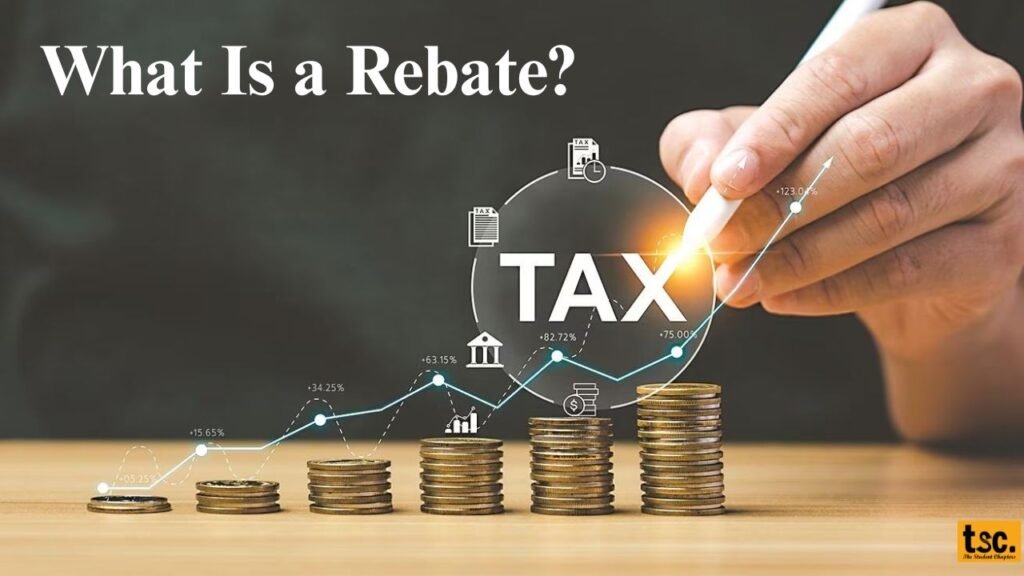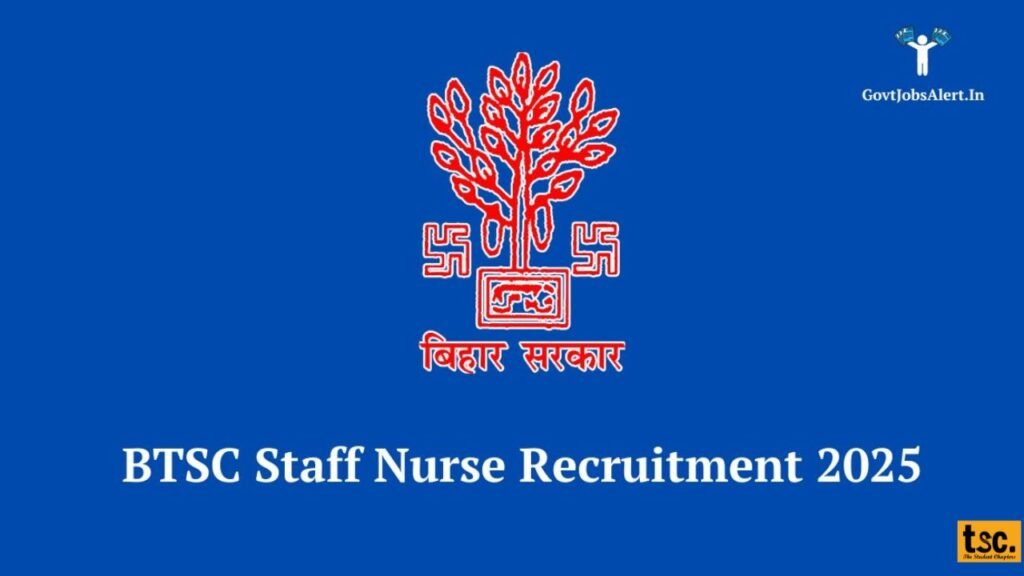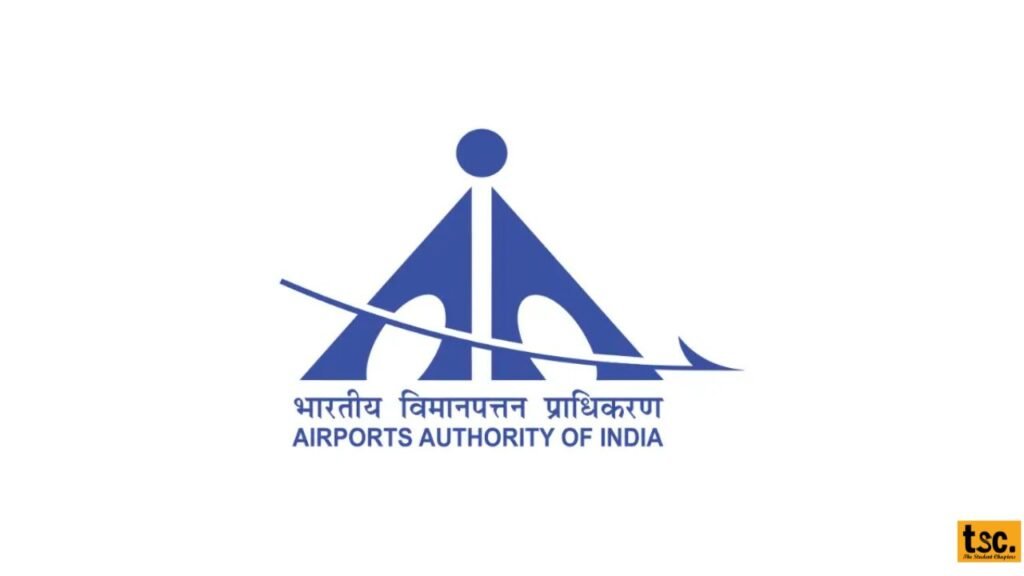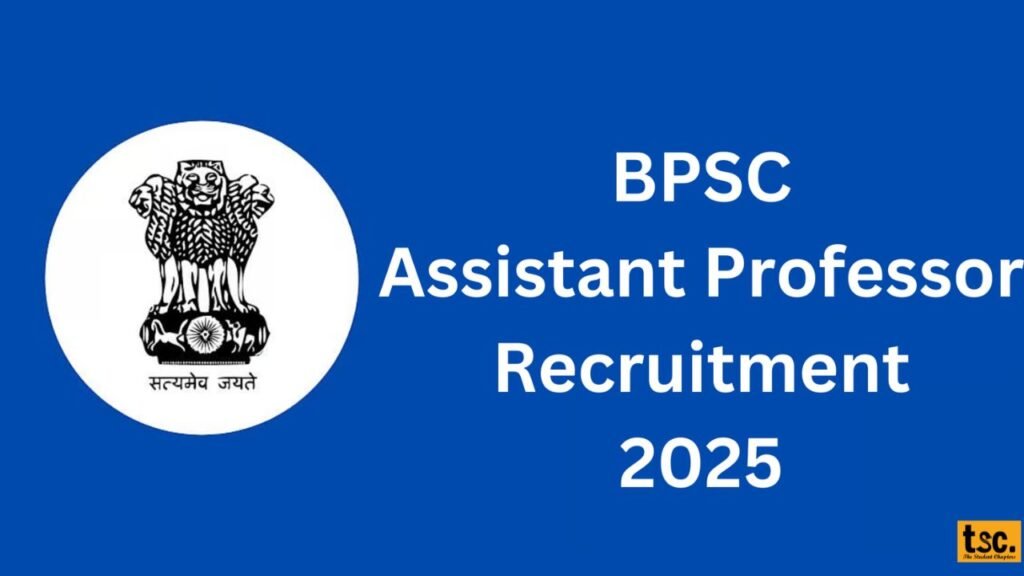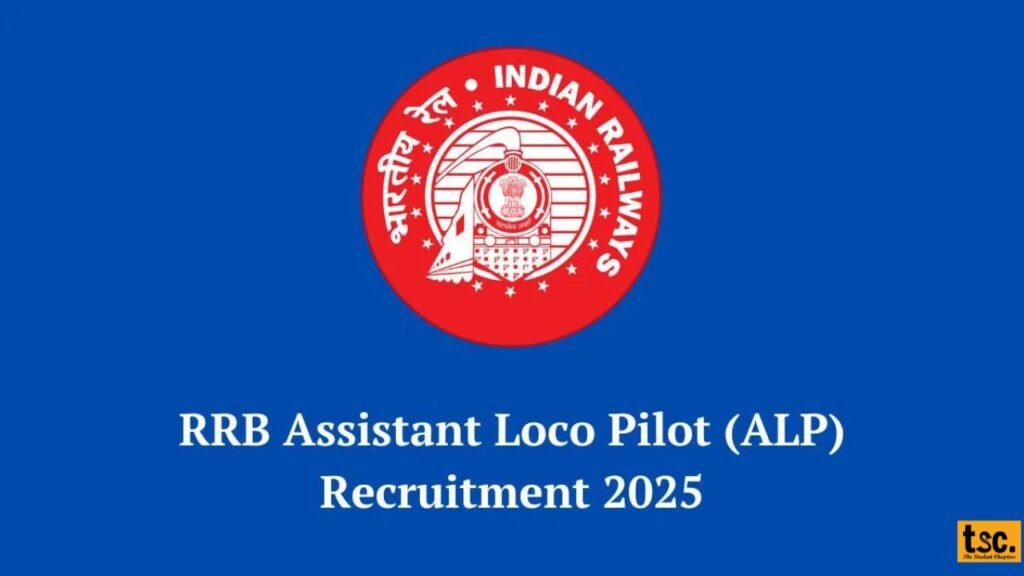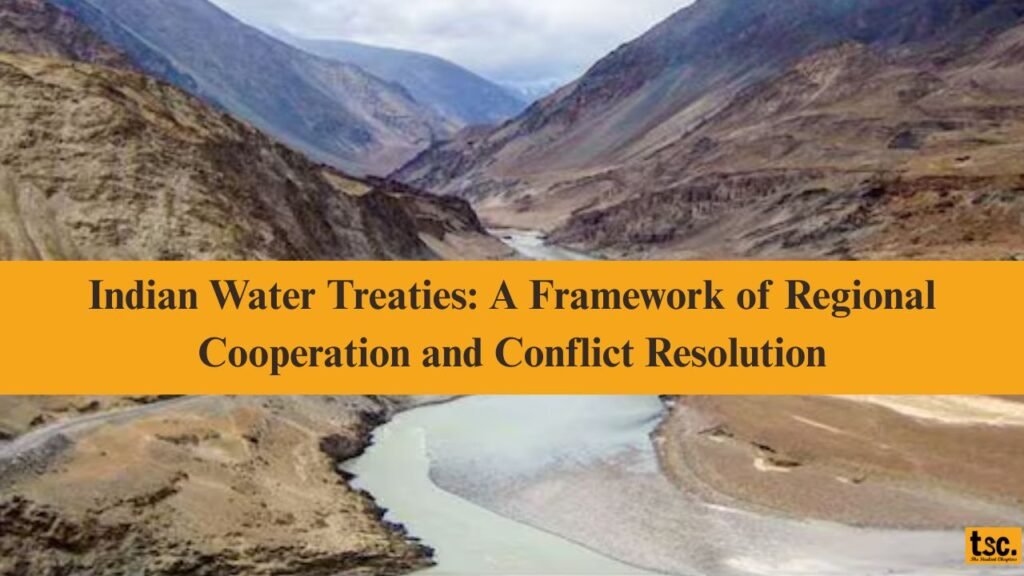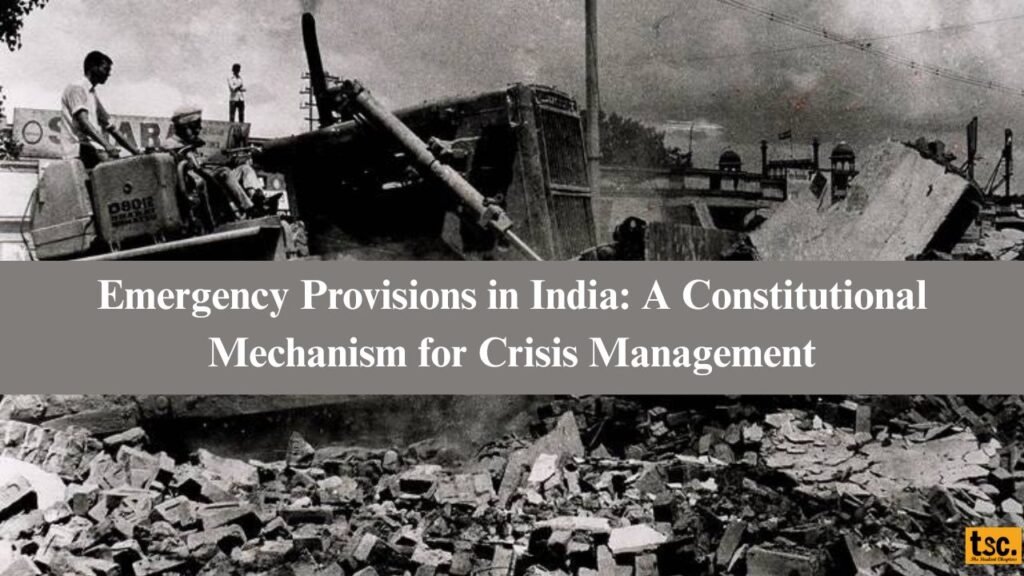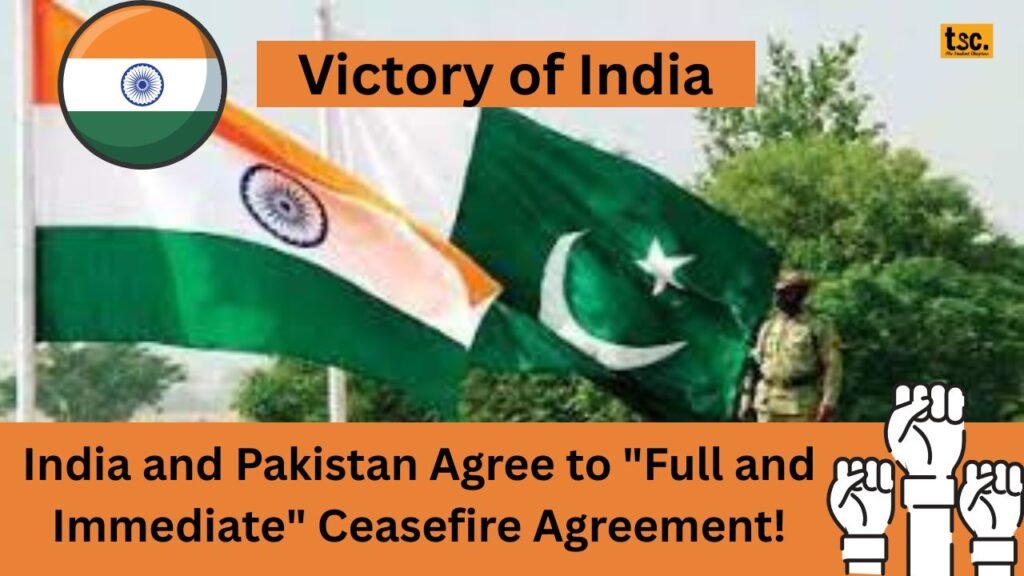Emergency Provisions in India: A Constitutional Mechanism for Crisis Management
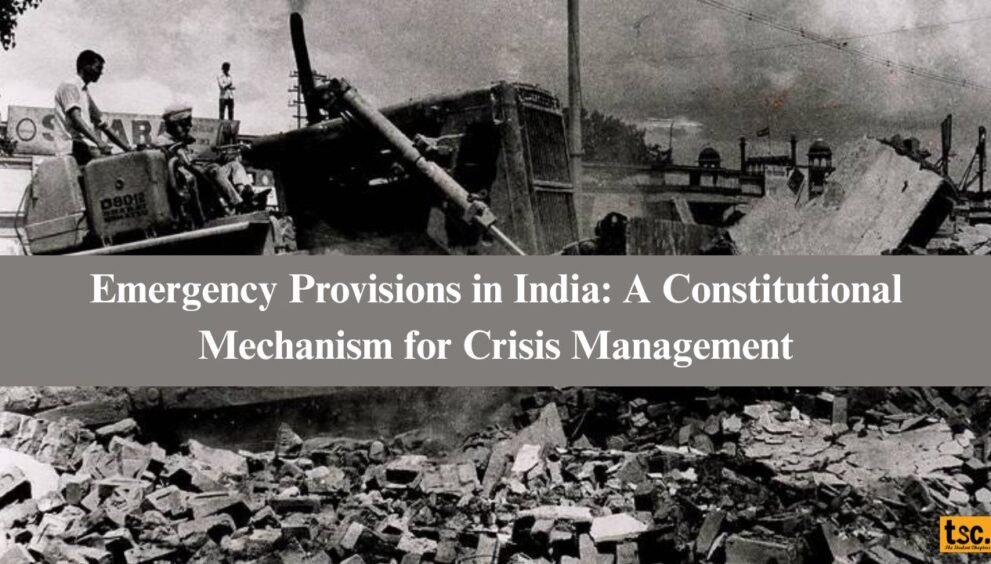
Emergency Provisions in India: A Constitutional Mechanism for Crisis Management. The Indian Constitution, while committed to democratic governance and the protection of individual rights, also provides for extraordinary powers to address threats to the nation’s unity, sovereignty, and constitutional order. These powers are encapsulated under Part XVIII (Articles 352 to 360) and are known as the Emergency Provisions. Designed as a framework for dealing with exceptional circumstances, these provisions allow the central government to respond swiftly and decisively to national emergencies.
The Constitution outlines three distinct types of emergencies:
1. National Emergency (Article 352)
A National Emergency may be declared by the President of India when the security of the nation or any part thereof is under threat from:
- War
- External aggression
- Armed rebellion
Initially, the Constitution used the phrase “internal disturbance,” but this was replaced with “armed rebellion” by the 44th Constitutional Amendment Act of 1978 to prevent arbitrary interpretation and misuse.
Procedure for Proclamation:
- The President can issue the proclamation only upon the written advice of the Union Cabinet, not just the Prime Minister.
- This proclamation must be ratified by both Houses of Parliament within one month, through a special majority (a majority of the total membership and two-thirds of those present and voting).
- Once approved, it remains in force for six months and can be extended indefinitely, subject to similar parliamentary approval every six months.
Key Effects:
- The Indian federal structure is temporarily transformed into a unitary system; the Centre gains the power to legislate on State List subjects.
- Fundamental Rights under Article 19 are automatically suspended during the emergency.
- The Directive Principles of State Policy may be enforced even if they contravene certain Fundamental Rights.
- The Lok Sabha’s tenure can be extended by one year at a time, beyond the normal five-year term.
Historical Context:
National Emergency has been declared three times in Indian history:
- 1962 – During the Indo-China War (external aggression)
- 1971 – In response to the Indo-Pak War
- 1975 – Declared due to “internal disturbance”; heavily criticized for political misuse under the Indira Gandhi government
2. President’s Rule (Article 356)
Commonly referred to as State Emergency, this provision is triggered when a state government fails to function constitutionally. The President may act upon a report from the Governor or even suo motu.
Circumstances for Imposition:
- Political instability or hung assembly
- Collapse of law and order
- Failure of constitutional machinery in a state
Procedure and Limitations:
- Must be approved by Parliament within two months.
- Can be extended in six-month increments, for a maximum of three years.
- Beyond one year, extension requires either:
- An ongoing National Emergency, or
- Certification from the Election Commission that elections cannot be conducted
Consequences:
- The state legislative assembly may be dissolved or suspended.
- The Governor administers the state on behalf of the President.
- The Parliament assumes legislative authority over the state.
Judicial Oversight:
President’s Rule has been misused in the past, leading to frequent impositions (over 100 times). In S.R. Bommai v. Union of India (1994), the Supreme Court laid down strict guidelines:
- The imposition is subject to judicial review
- Majority must be proven on the floor of the assembly, not merely assumed
3. Financial Emergency (Article 360)
This is the most far-reaching and least invoked form of emergency. It can be declared if the financial stability or creditworthiness of India or any part thereof is at risk.
Implications of Proclamation:
- The President may reduce the salaries and allowances of public servants, including judges of the Supreme Court and High Courts.
- States may be compelled to observe strict financial discipline.
- All money bills passed by state legislatures may be subject to presidential approval.
Duration:
A Financial Emergency remains in effect until it is revoked. It does not require repeated approval from Parliament, making it potentially long-lasting.
Historical Note:
Despite several financial crises—most notably the 1991 economic crisis—India has never invoked a Financial Emergency, reflecting the strength of its fiscal institutions and constitutional restraint.
Conclusion
India’s Emergency Provisions serve as a constitutional safety valve, enabling the government to address extraordinary situations without compromising the integrity of the State. However, these powers are not absolute. They come with procedural safeguards—such as mandatory parliamentary approval, time limitations, and judicial review—to prevent authoritarian overreach.
The controversial use of emergency powers in 1975 serves as a historical lesson, reminding both the government and the people of the need for caution, accountability, and democratic vigilance. Emergency Provisions in India: A Constitutional Mechanism for Crisis Management
Stay tuned on our website, as if any official information pops up then we will update you in minutes! If you want all the latest updates on time, then join our student community on WhatsApp!
Choose the right career yourself by booking personal guidance from professionals on Mytagapp.com

